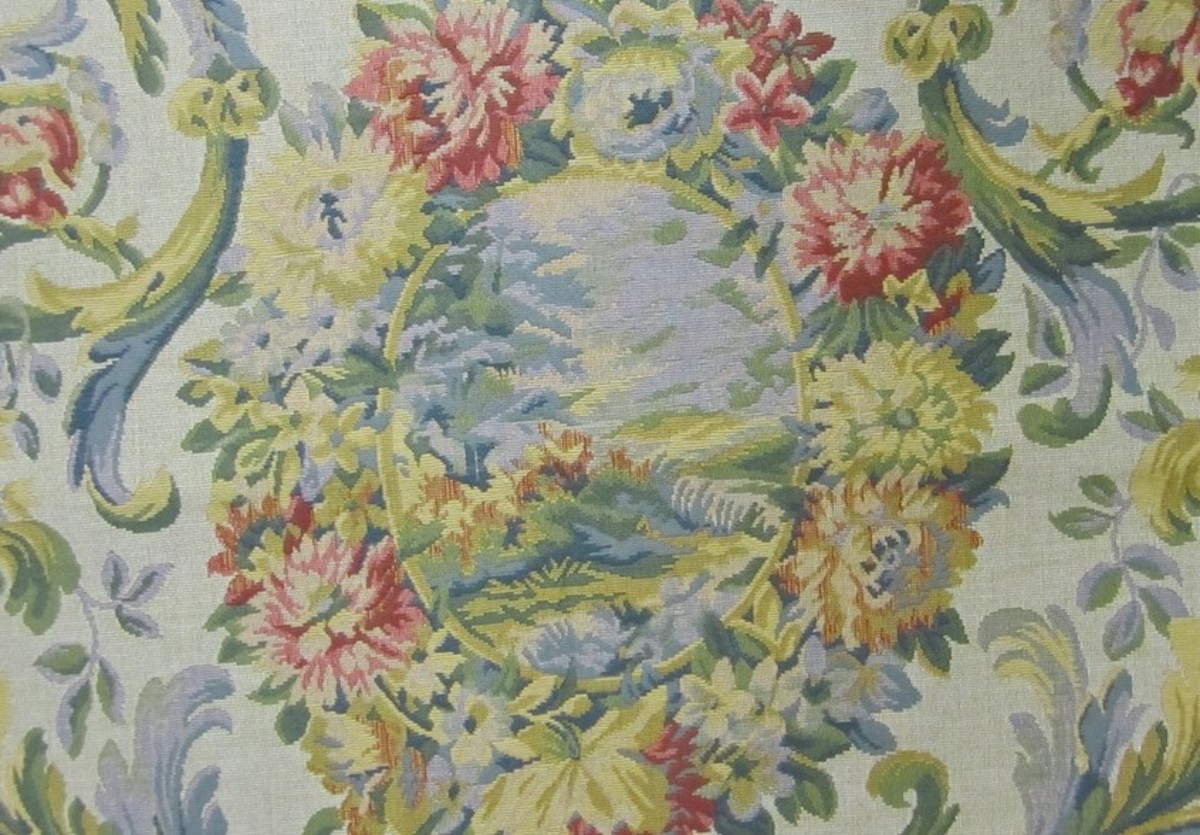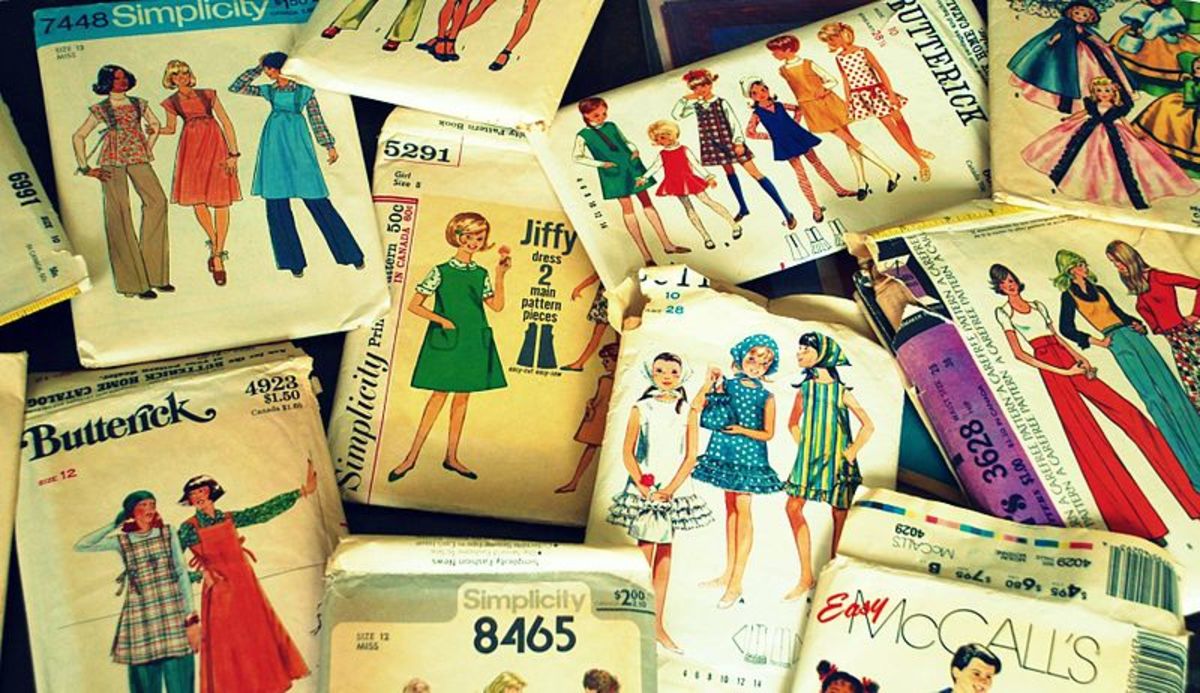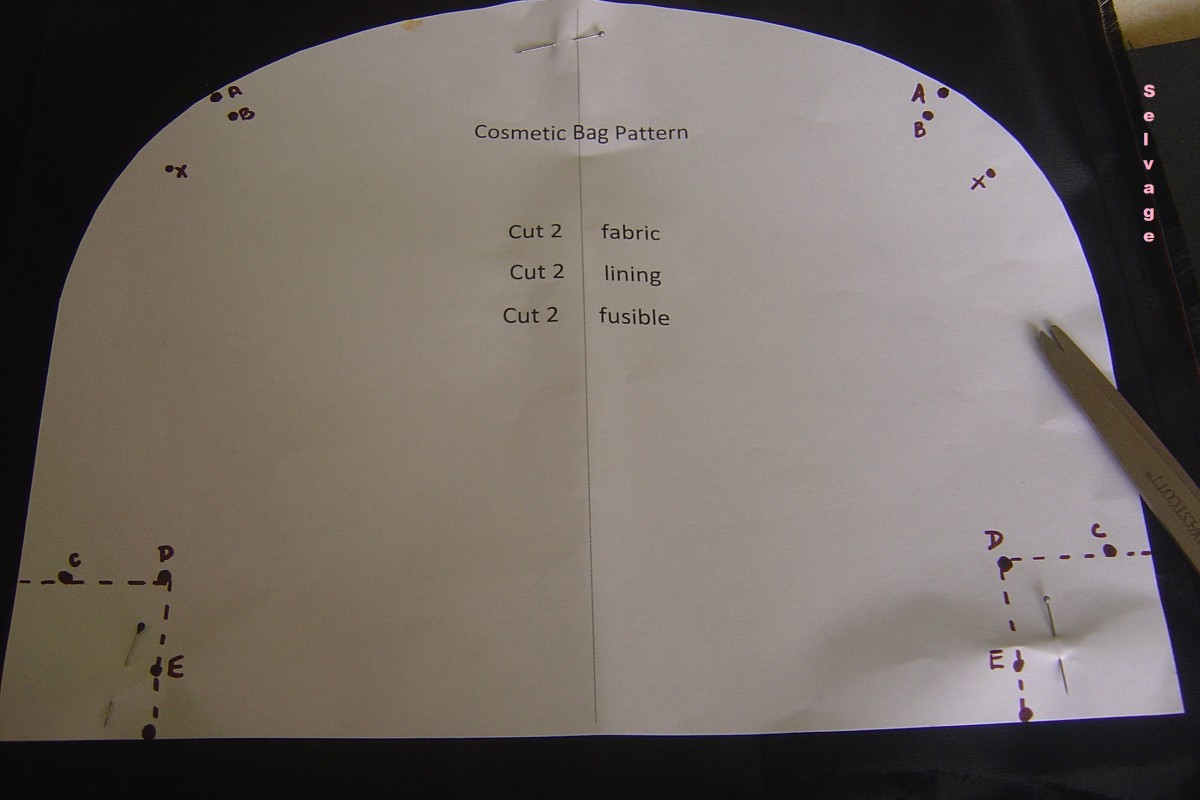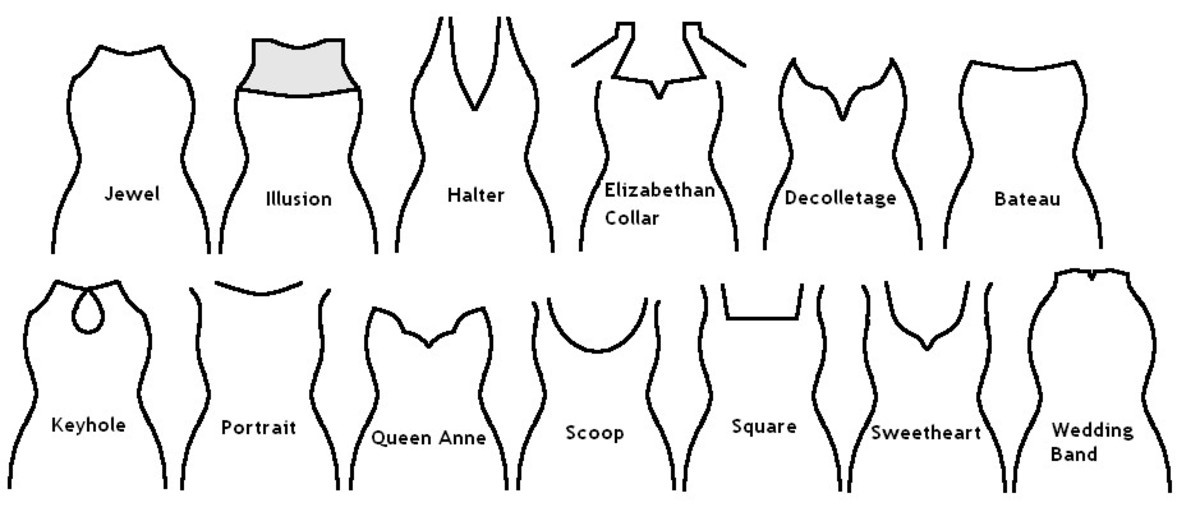How to Make a Tailor's Ham: Pattern and Instructions for this Essential Tool for Sewing, Ironing or Pressing Clothing
Why You Need a Tailor's Ham
If you sew, and anything you make has a curved surface, you need a tailor's ham. If you have ever tried to press a curved seam, you know the frustrations involved in getting the seam to come out to that perfect shape to go over a shoulder or a bustline or a hip, and fortunately there is a sewing accessory that comes to the rescue--the tailor's ham! Although you can buy this ready-made, you can easily make one yourself, and use up some of those fabric scraps that are too tiny to do anything with, as well! (It's called that because it is shaped like a ham, not because it has any ham in it.)
The Pattern for Making This Essential Tool
You can easily draw out your own pattern with a French curve. First, take a sheet of paper at least 6 inches by seven inches. Fold this piece of paper in half.
From the center fold of the paper, draw a line along the bottom edge of the paper, about three inches long. Now take your French curve and find a long, smooth curved line (usually on the outside of the longest curve) and draw a parabolic line to a point about seven inches up from the bottom of the paper to the center fold. Refold the paper in half along your previous fold. Cut out the pattern along this line, and you have your pattern ready to go!
Materials You Will Need for Making Your Tailor's Ham

Make Your Tailor's Ham
Now that you have the pattern, you'll want to find some fabric to make your ham. Make one side out of a hundred per cent cotton fabric--a leftover piece of calico is just fine--and the other side out of a hundred per cent wool fabric, for working on wool garments. Cut two pieces of the tailor's ham pattern in cotton, and one piece in wool (two pieces of cotton fabric, sewn together, will prevent the stuffing from coming through and give the tailor's ham much more stability).
Place the right sides of the cotton fabric together, and sew the two pieces of cotton together all the way around, to make a double layer. (This will give you the first side of your tailor's ham.) Turn the cotton layer inside out, so that the right side of the fabric is facing out. Then sew the the cotton side to the wool side, right sides together, in a continuous seam, leaving the bottom open.
The Best Tailors Have Always Used This Important Tool
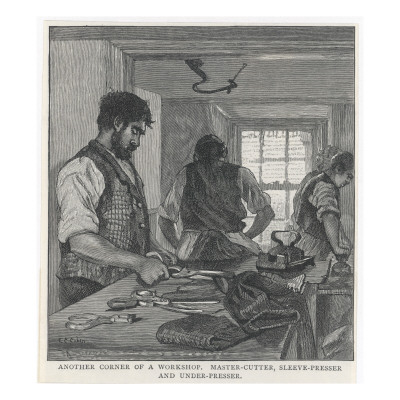
Stuffing the Tailor's Ham
Clip the curves, and turn the tailor's ham right side out, using the blunt edge of a bone folder to work your tailor's ham into a nice, smooth shape (ideally, if you can borrow a tailor's ham, you can press the seam to the ideal shape, but it will settle after a while). Lay the ham with the wool side down and the cotton side facing upwards, and prop open the ham with something handy (I used a shot glass). Take wool scraps, cut them into tiny, tiny pieces, and lay them in your ham evenly until the ham is about half full. (If you have small children, they can do the work of cutting scraps for you, and they love this kind of activity!) Smooth out the scraps with your bone folder and make sure the bottom half of the ham is covered evenly and is full all the way out to the edges. Now take cotton scraps, and cut them up in the same tiny pieces, and fill the top half the same way. Use your bone folder to push the scraps into all the narrow spaces and pack them in evenly--you will want the packing to be pretty tight so that the tailor's ham is firm and heavy.
Finishing the Tailor's Ham
Sew the bottom together by hand. For other options, you can consider an invisible zipper closure.
Now, if you have children, give them the finished tailor's ham to play with for an hour or so. If that is not practical (after all, the cloth has to remain clean), then sit back, watch television, and start massaging the tailor's ham until it is firm but pliable. Now your tailor's ham is ready for you to use!
Store your tailor's ham stored in a drawstring bag or a plastic zipper bag to keep it clean. You don't want dirt transferring on to your clean clothing!
Hint
You can use your tailor's ham to help press already-finished garments. Place the tailor's ham between the garment and the ironing board to help press bustlines, shoulders, collars, hip lines, or any curved surface.
Using Your New Tool
Now that you have a tailor's ham, any time you are working with curved surfaces that need pressing, such as shoulder caps, princess seams, darts (even the invisible ones), fitting pants, and anything else that requires a curved surface (tea cosies, upholstery) pull out your tailor's ham and lay it on your ironing board. Fit your curved surface or seam over the ham, and press into shape. You'll be amazed at how much better your clothing or upholstery will behave, and how easy your sewing will become!

